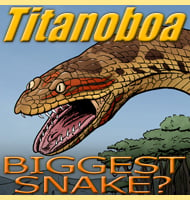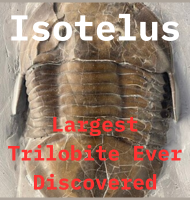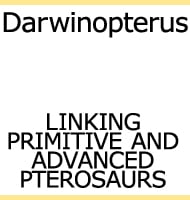In Depth
Aetobarbakinoides is considered to be one of the oldest aetosaurs currently known to us. Only Aetosauroides from Argentina and Stagonolepis from Scotland can match Aetobarbakinoides for age, but together they show that even in the earliest known appearances of aetosaurs, they were already widespread across what would become South America and Europe.
Aetobarbakinoides is the first aetosaur that has been named from a description focused upon something else other than the appearance of the osteoderm armour. Instead of the armour, the description of Aetobarbakinoides was based upon the appearance of the vertebrae. Although the vertebrae of Aetobarbakinoides are noted to bear similarities with the vertebrae of Desmatosuchus, they are still very different to any other currently known aetosaur.
In life Aetobarbakinoides would have been like other aetosaurs in that it would have been a squat quadrupedal reptile that was protected from the teeth of predators by an arrangement of osteoderm armour across the back. Although the skull of Aetobarbakinoides is unknown at the time of writing, other aeotsaurs are known to have been herbivorous without any exceptions known so far, so by association Aetobarbakinoides probably had a herbivorous diet.
Further Reading
- A new aetosaur genus (Archosauria: Pseudosuchia) from the early Late Triassic of southern Brazil. - J. B. Desojo, M. D. Ezcurra & E. E. Kischlat – 2012.









